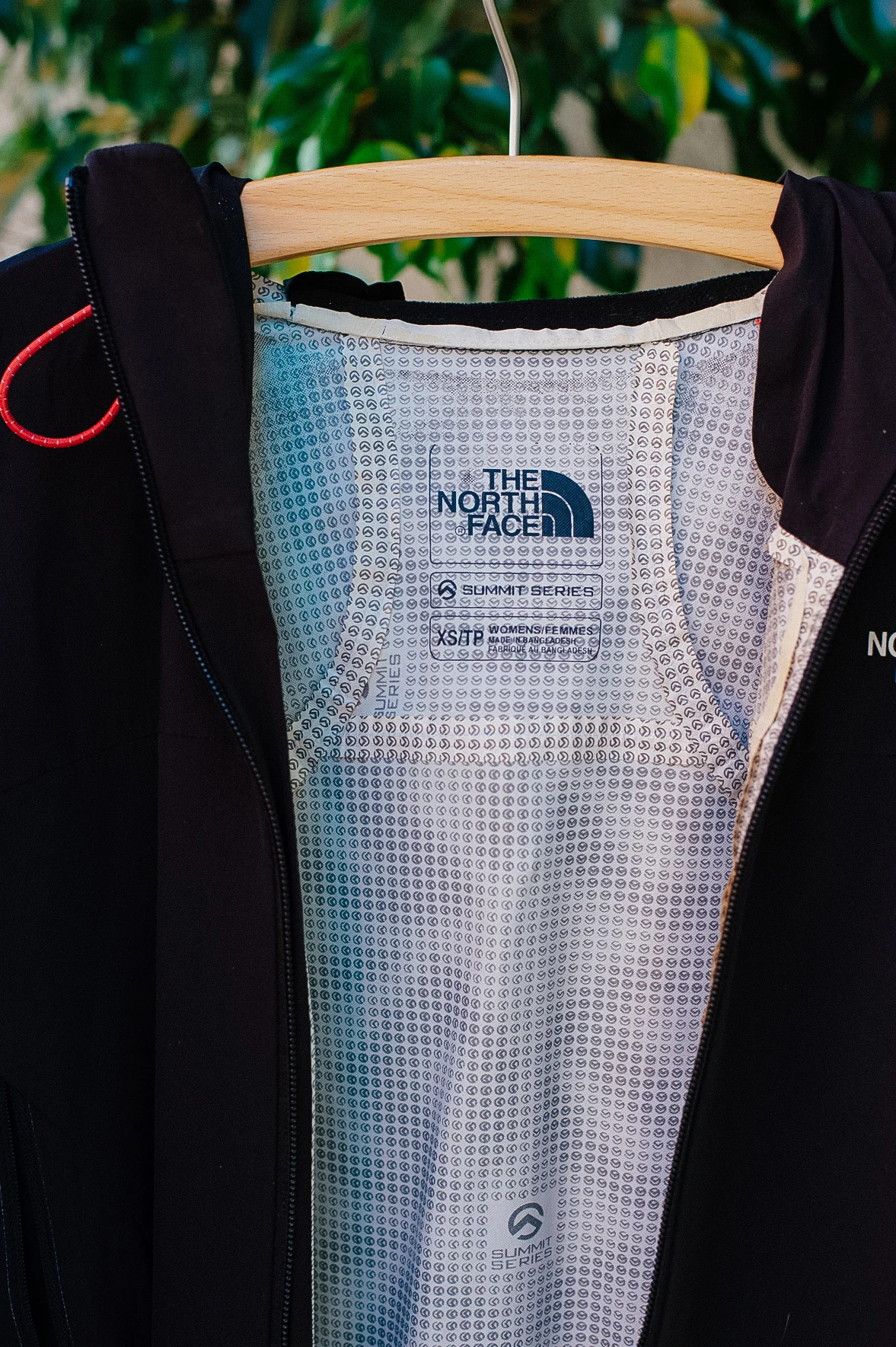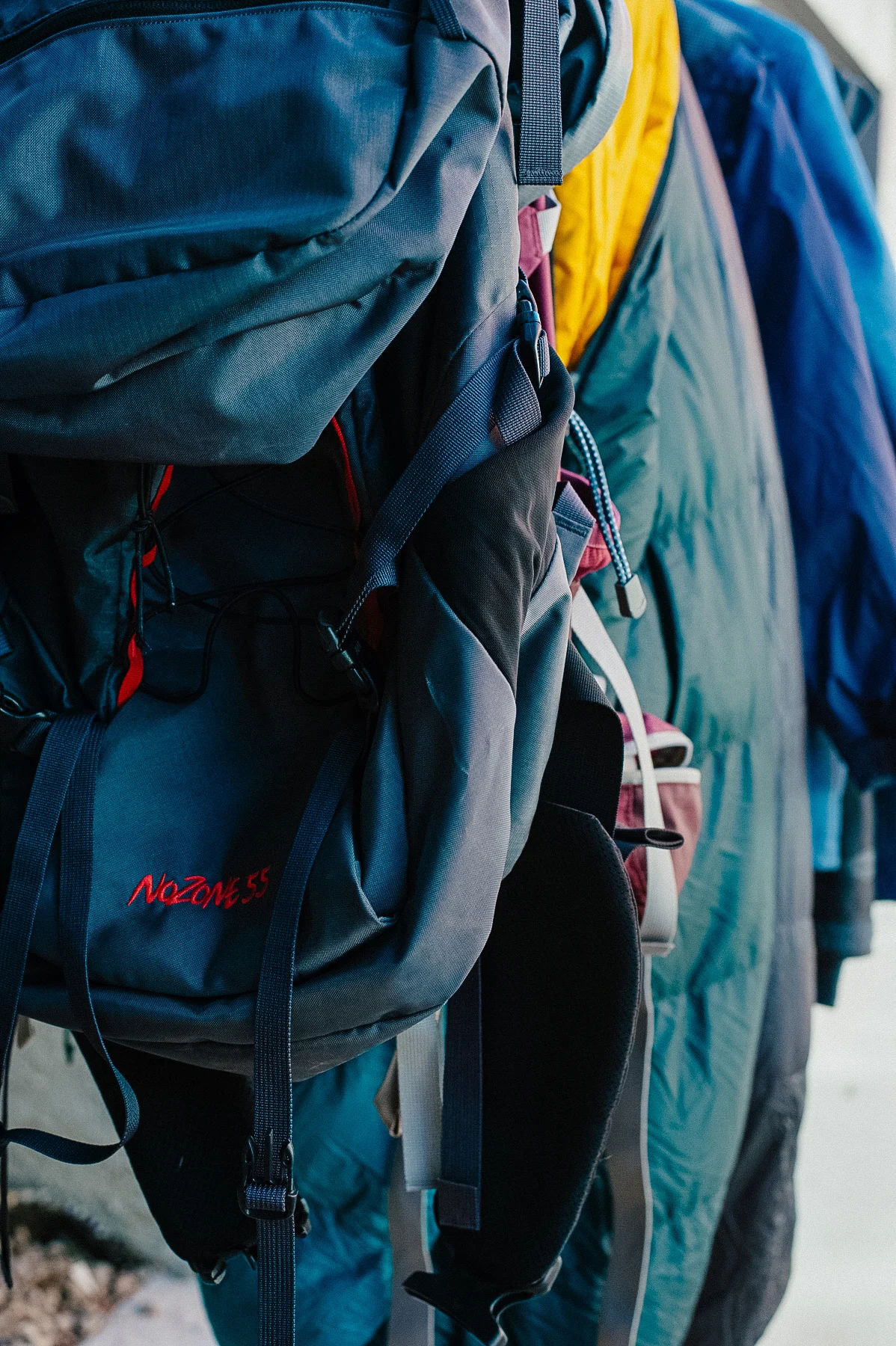Emme Hayes is the founder of Articles in Common, a community driven marketplace using outdoor resale to fund climate action.
The outdoor industry has built a culture around achievement. Fastest ascents, fastest descents, new personal records—many of us chase these wins like they’re the whole point. But somewhere along the way, we forgot what brought us outside in the first place. Belonging outside isn’t just about bagging summits, it’s about enjoyment, escape, and experience, and that means protecting each mountain like it’s the last one standing.
Safeguarding those natural places starts with how we gear up, and buying gear that's used can come with an outsized impact.
Buying used isn’t just thrifty, it’s re-structural. Every purchase we redirect from new to used, from replace to repair, is a vote against overproduction and for a circular outdoor economy. It's simple: when a piece of gear stays in use for longer, that means fewer items need to be made to take its place. The irony is that the outdoor industry has gotten so good at marketing “technical innovation” that we’ve normalized replacing gear every few seasons. Real innovation would be gear designed for decade-long use and user-serviceable repairs.
But outdoor pursuits put gear through the wringer. So how do you spot good used gear that performs, lasts, and supports that circular economy? Field Mag has written extensively about outdoor brands with recycle, re-use, and repair programs, as well as tips for thrifting vintage outdoor gear. And me personally, I evaluate thousands of pieces of used outdoor gear every week for resale, deciding what’s ready for another season and what’s ready for retirement.
Below, I outline what I look for when evaluating good used gear, how to decide what’s worth keeping, and why it matters.

A Guide to Evaluating & Buying Used Outdoor Gear
Jackets and Shells
Shell fabrics are the most resource-intensive outdoor materials to produce, which makes their lifespan critical. When evaluating a shell or insulated jacket, I’m looking for material integrity and functional longevity, not just visual condition.
- Face fabric and laminate: Run your fingers along the inner laminate. If it’s tacky, flaky, or has a cloudy texture, the waterproof membrane is breaking down (common with older polyurethane coatings). Gore-Tex, eVent, and similar laminates fail from the inside first, not the outside.
- DWR and coating: Drip water on the surface. If it beads, the DWR still works. If it wets out immediately, the coating has worn off. It’s fixable, but only if the laminate below is still healthy.
- Seams and taping: Look for peeling or bubbling along seam tape. Once tape lifts, it rarely re-bonds well, even with iron-on repair.
- Zippers: Pay close attention to molded zippers like YKK Vislon versus coil zippers. Coil zippers are lighter but prone to wave distortion when stressed. Always zip them under light tension to test alignment.
- Elastic and cuffs: Check for loss of tension. Overstretched cuffs and hood elastics indicate fabric fatigue.
- Smell and feel: A plasticky or sour odor often signals delamination or mildew, two things that can’t be repaired.
What passes: A jacket that feels crisp but flexible, seams that are smooth and intact, and a waterproof layer that’s even and quiet when moved.
What fails: Sticky inner coatings, powdery seams, or any cracking at high-stress points like the underarms and hood base.

Backpacks
Picking the right backpack is key. A quality pack can serve 15+ years if the frame holds, making frame inspection the most important skill for used buyers. For packs, design and structure tell you everything about how they’ve aged. I’m assessing frame integrity, fabric fatigue, and hardware compatibility.
- Frame and suspension: Press the frame sheets or rods. They should rebound without creaking. Aluminum stays should still have a smooth bend, not flat spots.
- Foam panels: Shoulder straps and hip belts should compress evenly. Foam that feels crunchy, rigid, or uneven is oxidized and near failure.
- Fabrics: Look inside for warped lines that can be a sign of delamination. If the coating flakes, the pack isn’t going to last.
- Webbing and stitching: UV exposure makes nylon webbing glossy or brittle. Pull on critical seams like where the shoulder strap meets the pack body. You’ll feel it if threads are giving.
- Hardware: Buckles and some magnetic clasps can be replaced, but stress-whitened plastic (look to see if it's turning grayish) will snap under tension.
- Design iterations: I prioritize models that have persisted through several generations like Osprey's Aether, Deuter's Aircontact, and the Mystery Ranch Glacier, because those brands maintain parts compatibility and service support.
What passes: Minor cosmetic wear with intact structure, balanced compression foam, and accessible replacement parts.
What fails: Frame cracks, fabric delamination, or broken anchor stitching.









